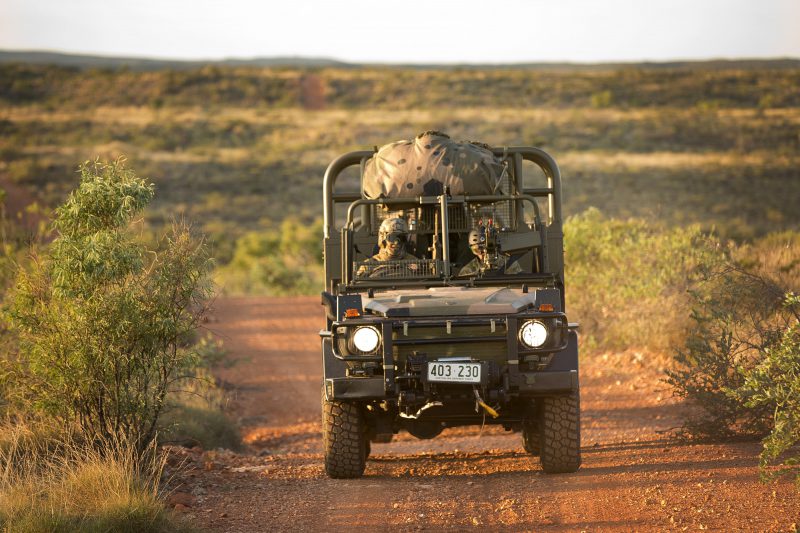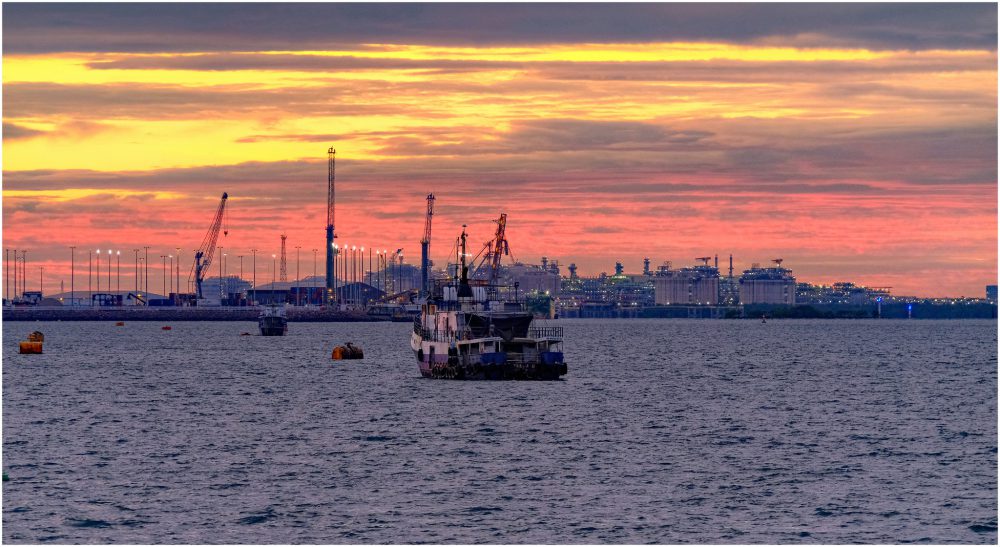The defence of (northern) Australia—then and now

Once governments have decided that their defence policies will focus on the defence of Australia, two conclusions immediately follow. First, priorities for the development of the Australian Defence Force will have a strong maritime dimension. Second, because of the nature of Australia’s strategic geography, there will necessarily be a focus on operations in or from the north of the country.
Such considerations set the framework for an extensive series of studies, starting in the 1970s, to work out the consequences of this central policy choice in more detail. There was also guidance from the key strategic observation of the time: in the shorter term, only lesser contingencies were credible, and more serious contingencies were credible only in the longer term, after years of warning.
The work included conceptual studies focused on the problem of defending Australia carried out by the Defence Department’s central policy areas, and some more technology-oriented studies conducted by the Defence Science and Technology Group. This program of analysis encountered terra incognita in both senses: such work had not been attempted since before World War II, so there was a distinct conceptual vacuum, and, in Canberra at least, there was precious little understanding of what there was ‘up north’.
Some important decisions ensued, and here are some examples. The government decided (in 1984) to develop the bare-base airfield at Tindal (near Katherine in the Northern Territory) into an operational base for a squadron of F/A-18 Hornets. The experimental Jindalee over-the-horizon radar was set up close to Alice Springs, with its surveillance arc looking north.
The army established a set of Regional Force Surveillance Units, including the Darwin-based NORFORCE (North-West Mobile Force), which drew on the detailed local knowledge of members of the army reserve. Other bases were to be modernised or developed (the patrol boat base in Darwin, and additional bare airfields), and there was a growing recognition of the vulnerability of ports to mine-laying (such as Darwin and the ore-exporting ports), and therefore of the importance of mine countermeasures.
Interpreting strategic guidance for priorities for Australia’s maritime capabilities was relatively straightforward. But there was no such convergence of views with respect to the army. To resolve the impasse, the government appointed Paul Dibb to conduct a review of Australia’s defence capabilities. The review dismissed the army’s arguments that gave priority to more substantial conflict (in particular, its plans for mechanisation).
In contrast, it gave priority to an army capable of countering a protracted campaign of dispersed raids across the north of Australia (while also allowing for modest capabilities in the expansion base against the remote prospect of a conventional land battle in Australia). It argued strongly for elements of the regular army to be based in the north, and for the establishment of the Northern Command (NORCOM) in Darwin. A specific role for the army would be the formidable task of protecting the bases from which maritime operations would be conducted.
The subsequent 1987 defence white paper (and later decisions) built on Dibb’s recommendations. Examples include the basing of the army’s 1st Brigade in Darwin (but with one of its battalions now based in Adelaide), the establishment of NORCOM, and the continued development of northern air bases and training grounds. The success of the experimental Jindalee radar led to the full-scale development of the Jindalee Operational Radar Network (JORN, based in Laverton, Western Australia; Longreach, Queensland; and Alice Springs, Northern Territory), with a primary focus on the surveillance of Australia’s northern approaches and Darwin.
In short, the decades since the 1970s have seen an impressive level of investment in the ability of the ADF to conduct operations in and to Australia’s north. Yet there have been times when that focus has become blurred. Earlier this century, with ADF deployments to Afghanistan and the Middle East, it became fashionable in some quarters to talk about the return to an ADF designed for distant expeditionary warfare, and to be dismissive of ‘defence of Australia’ policies. In any event, the effort required to support the conduct of operations, both closer to home and further afield, led to less attention being paid to the defence of Australia’s own north. The overall significance of that neglect has been amplified in more recent times by the deterioration in Australia’s strategic environment.
In the 1970s, a fundamental conclusion was that there would be many years of warning before a potential adversary could develop the capabilities necessary for serious conflict with Australia. This situation has now changed, and will change further. In particular, with the economic growth of China and the expansion and modernisation of its armed forces, the warning time for more intense and technologically sophisticated conflict has shortened. This is not to paint China as necessarily our adversary, but it does increase significantly the challenges of strategic risk management, as Dibb and I have discussed. That has consequences for the readiness, sustainability and even structure of the ADF, and other parts of the national defence effort such as intelligence, science and industry.
What does it all mean for Australia’s north? Several matters require attention, all of them obvious and in some cases already recognised elsewhere. Bases in the north need to be modernised, including for the storage of advanced munitions. We need to recognise the likely demands of intensive operations in the Indo-Pacific, including strike operations, and the possible conduct of joint operations with such countries as Indonesia and India as well as with the US.
Serious consideration should be given to hardening to mitigate the risks associated with increasing regional strike capabilities. Fuel supplies, especially for sustained operations from northern bases, need to be highly reliable. Staffing arrangements for JORN (and other surveillance capabilities) need to be capable of sustained round-the-clock operations. Plans for mine countermeasures, including the use of the reserves, should be dusted off.
Similarly, plans for the use of the army to defend northern bases, again including the use of reserves, should be reviewed (among other things, the potential levels of threat will be higher now than in the 1980s). We also need more clarity on how the ADF would draw on the civilian infrastructure (much improved since the days of the 1970s studies), and on the relationship between military and civilian authorities in the event of contingencies.
There is now much to be done. While there is no cause for panic, it would be a serious breach of faith to be complacent in the face of such a call for action.
